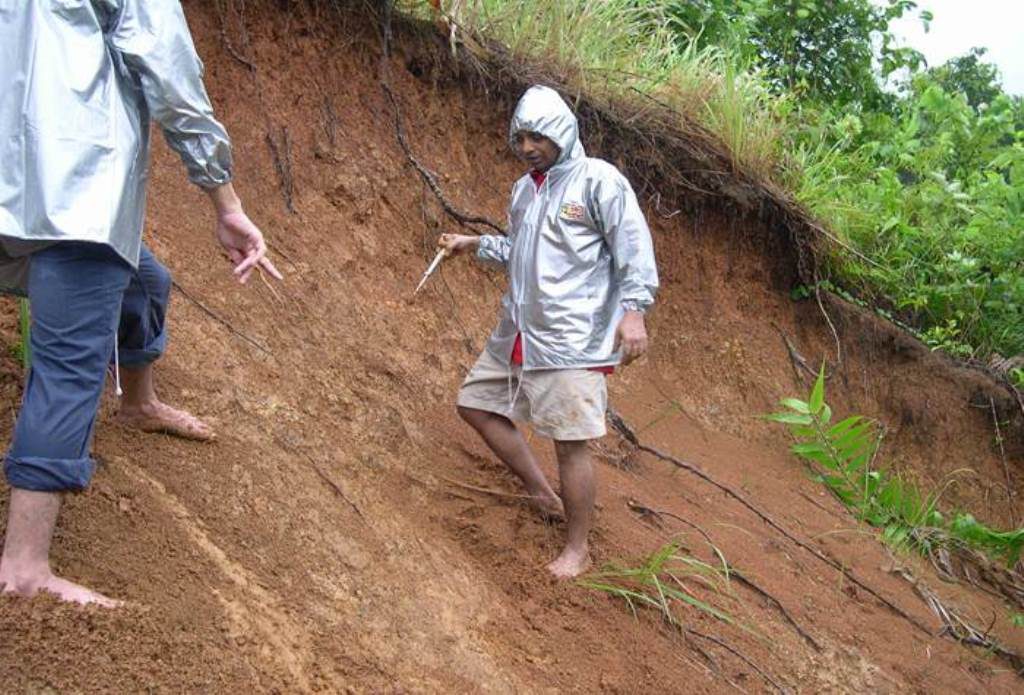Modeling the Spatial Occurrences of Rain-induced Landslides and Identifying Potential Landslide Hazard Zones using RS/GIS as a Tool
Descriptions
The objectives of this project were: 1) To map landslide occurrences in the study area using RS/GIS, 2) To establish a spatial correlation of landslide occurrences with different physical parameters in the watershed using RS/GIS, 3) To use different landslide susceptibility mapping approaches that can be applied on large watersheds, 4) To produce a landslide susceptibility map based on different models and determine the applicability of these models.
The study area covers two provinces, Quezon and Rizal. Three methods were used to model landslide hazard maps in the study area. All of these 3 models used GIS layers and information derived from Remote Sensing Data:
1) Weighted Index (WI), based on landslide evidences using thematic maps of important triggering factors. Analysis is done by overlaying several thematic maps and correlating those factors with the landslide occurrences. All the thematic maps were weighted depending on their contribution to landslides.
2) Spatial Multiple Criteria (SMCE) method using ILWIS software. This decision support system guides the user with a set of established decision tool. The weight for each thematic maps are standardized and normalized as per the provisions made in the software.
3) Analysis of slope instability using SINMAP extension in ArcView. This method is a deterministic approach for evaluation of the slope stability. The model computes slope instability based on the factor of safety. Parameters required as input to the model are DEM, estimated soil cohesion and angle of internal friction, soil transmissivity and recharge capacity of soil.
The accuracy of the method was evaluated by examining the number of landslide occurrences in different classes. All three methods show a higher percentage of landslides in the high and very high hazard zones. To quantify the relative accuracy of the three methods, the landslide occurrences per square kilometer was calculated and, both SINMAP and SMCE showed promising results. SINAMP showed highest density of landslide occurrences (3.07 per sq.km) in a very high hazard zone, whereas it was 2.40 per sq.km in SMCE. SMCE showed highest density of landslide occurrences 5.15 per sq.km in high hazard zone, whereas in SINAMP this density was 4.95 per sq.km.

